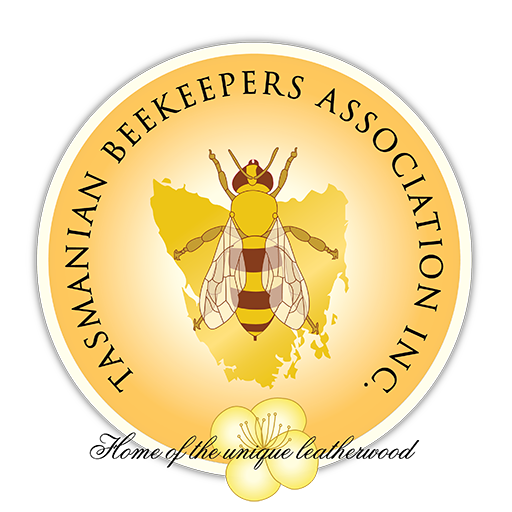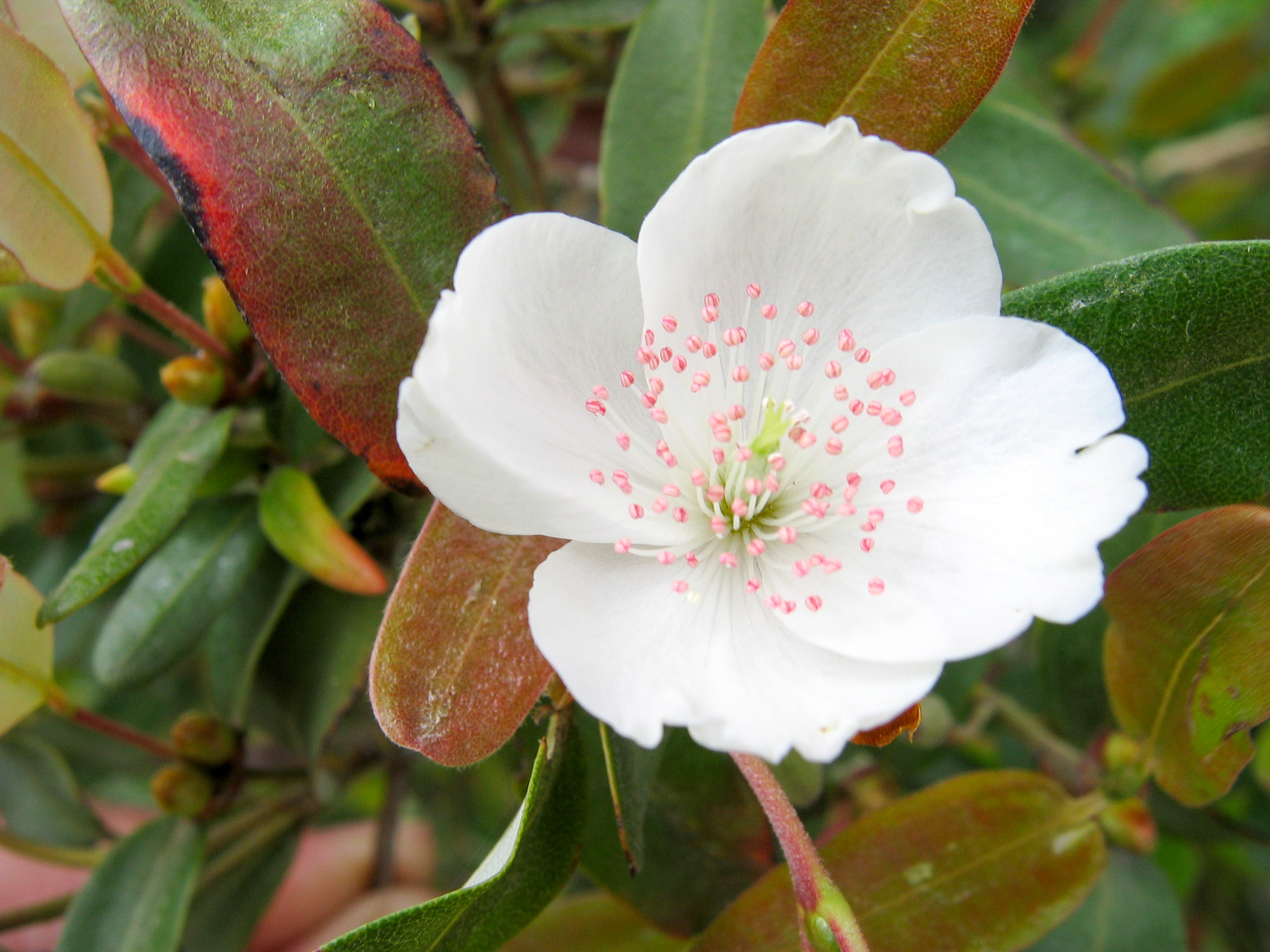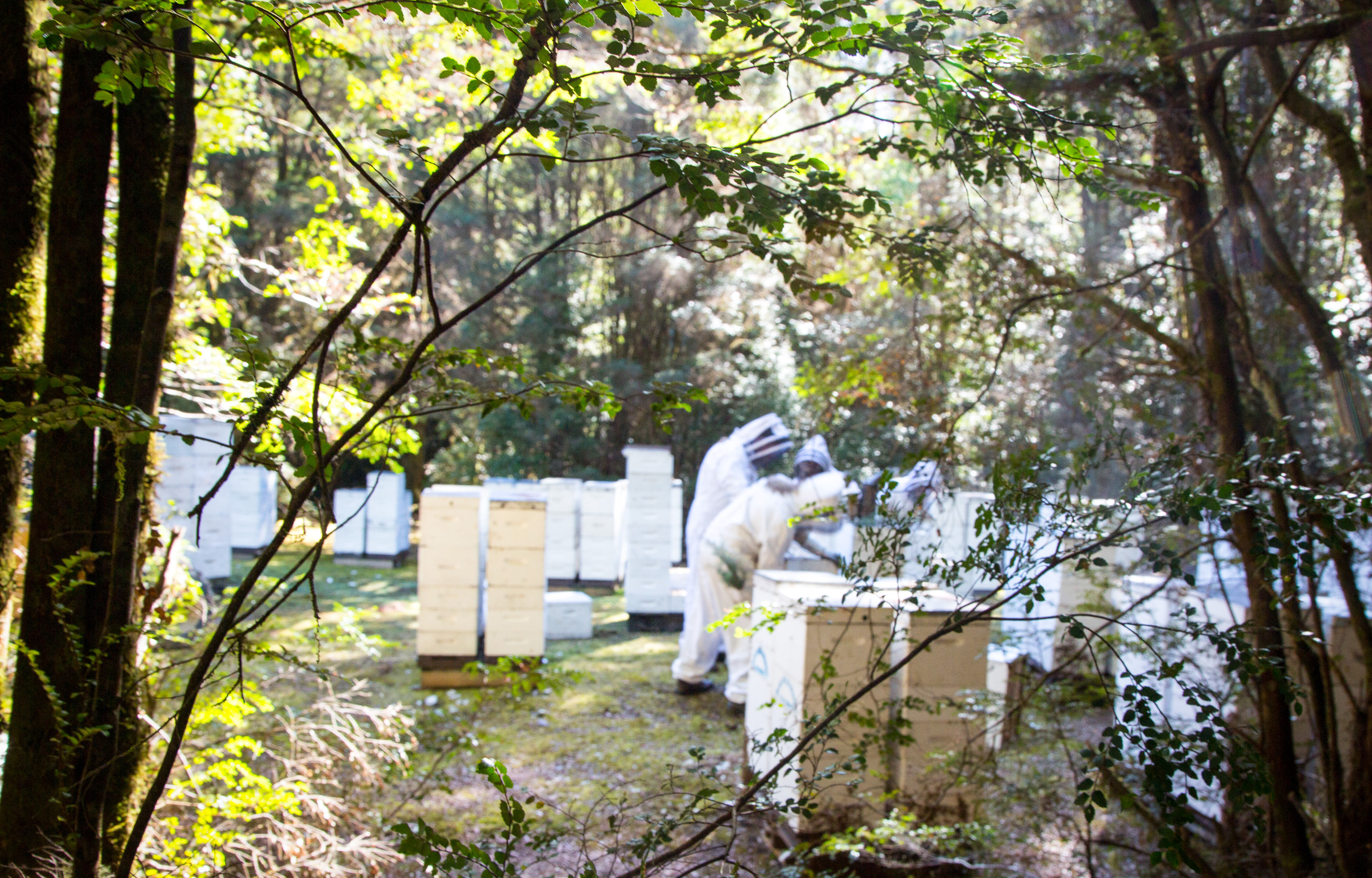European bees were first successfully introduced into Tasmania in 1831 and the first Italian bees were introduced in 1884. The industry produces honey, beeswax and provides pollination services to the seed and fruit growing industries.
Approximately two-thirds of Tasmania’s honey production is from leatherwood blossom. The remainder includes honey types such as clover, blackberry Manuka and gum. The leatherwood flow is from early January to April and is the basis of the commercial industry in Tasmania.
Leatherwood grows in rainforest in the south west areas of the State largely within regions managed and controlled by State Government authorities as either production forests or the World Heritage Area.
Leatherwood honey has a strong flavour and particularly distinctive aroma. It is unique to Tasmania and has established a worldwide reputation as a distinct honey type.
Source: Tasmanian Department of Primary Industry, Parks, Water and Environment.





